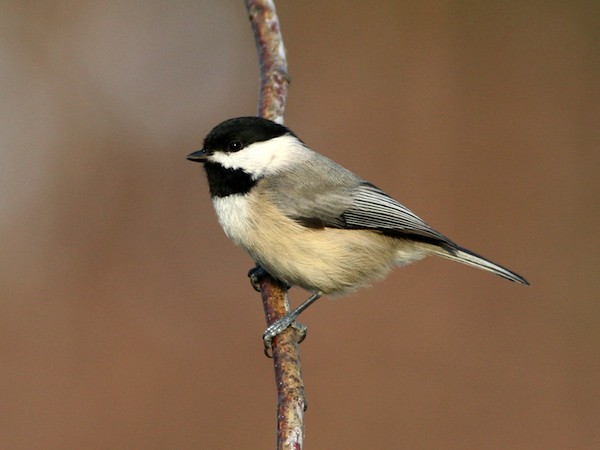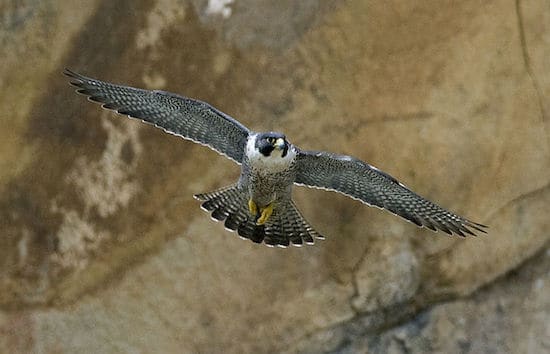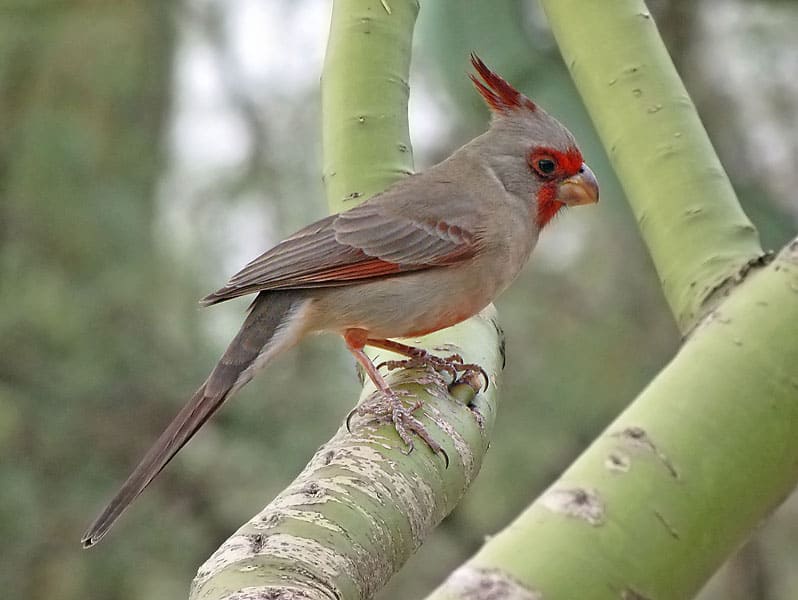Look for
Only about 4 ½ inches in length, the Carolina chickadee has a black cap and bib with a white cheek patch; gray back, wings, and tail; and pale underparts with buff-colored flanks. The bill is tiny and dark, the legs and feet black. Males and females are alike, and there are no seasonal differences in plumage.
Listen for
Chickadees travel in noisy little bands and draw attention to themselves with their frequent scolding chatter. The so-fee, so-fay song of the Carolina chickadee is longer than the black-capped chickadee’s—four notes as opposed to two or three—and its chick-a-dee-dee-dee call is higher-pitched and more rapid.
Find it
Gregarious and widespread, chickadees are just about everyone’s favorite backyard birds. In the South, the resident chickadee is the Carolina, a slightly smaller but otherwise very similar cousin to the black-capped chickadee of the northern states.
The Carolina chickadee is resident (non-migratory) and, through most of its range, it is the only chickadee present. It is generally replaced by the black-capped chickadee at elevations above 5,000 feet in the southern Appalachians, though.
Where the two species overlap they may occasionally interbreed, so identifying individual birds under such circumstances is tricky.
Feed it
Carolina chickadees have a varied diet. Nearly half of the food taken in the wild consists of insects, such as aphids, ants, moths, and leafhoppers. They also eat spiders, weed seeds, and the seeds and small fruits of many trees and vines. Chickadees are often the first birds to discover a newly installed bird feeder. At feeders they are partial to sunflower seeds, suet, and peanuts.
Nesting Behavior
Cavity nesters, Carolina chickadees seek out natural holes in woodland trees, often adapting old woodpecker holes. They readily accept not only nesting boxes, but also crevices under eaves or porch roofs, hollowed out fenceposts, or drainpipes.
The nest (made by the female) is a thick mass of mosses, bark, and grasses, enclosing a cup of soft hair. One side is built up higher than the other and can be pulled down like a flap to cover the young when both parents are away.
As many as eight eggs are laid and incubated by the female for 11 to 13 days; both parents then share the feeding of the young until they fledge after two weeks.
Wow!
A Carolina Chickadee nesting in a nest box may hiss at you like a snake and strike at your finger as you check the nest. This behavior is meant to drive off nest predators.




